Air Through Nonwoven Fabric: The Breathable Choice for Sanitary Pad and Diaper Manufacturing
—
As a sanitary pad and diaper manufacturer, you’re always searching for materials that balance comfort, performance, and cost-effectiveness. One crucial factor often overlooked is air permeability – the ability of a fabric to allow air to pass through it. That’s where air through nonwoven fabrics come in, offering a range of benefits that can revolutionize your products.
What is Air Through Nonwoven Fabric?
Nonwoven fabrics are engineered materials made from fibers bonded together without weaving or knitting. Think of them as a carefully crafted web of fibers! Air through nonwoven fabric, as the name suggests, boasts excellent air permeability. This means it allows air to circulate freely, making it ideal for applications where breathability is paramount.
Why is Air Permeability Important for Sanitary Pads and Diapers?
Imagine wearing a diaper or sanitary pad that traps heat and moisture – uncomfortable, right? That’s where air permeability becomes crucial. Here’s why it matters:
- Enhanced Comfort: Breathable nonwoven fabric allows air to circulate, reducing heat and moisture buildup. This keeps the wearer feeling dry and comfortable, minimizing the risk of skin irritation and rashes.
- Improved Hygiene: Airflow through the material helps to wick away moisture, creating a less hospitable environment for bacterial growth. This is particularly important for hygiene products like sanitary pads and diapers.
- Reduced Leakage: While breathability might seem counterintuitive to leakage protection, the right air permeable nonwoven fabric can actually enhance it. By allowing air to escape, it prevents pressure buildup inside the product, reducing the likelihood of leaks.
Types of Air Permeable Nonwoven Fabrics for Sanitary Products
Different manufacturing processes create nonwoven fabrics with varying levels of air permeability. Here are some popular choices for sanitary pad and diaper production:
- Spunbond Nonwoven Fabric: Known for its strength and uniformity, spunbond fabric offers good air permeability and is commonly used in the outer layers of diapers and sanitary pads.
- Meltblown Nonwoven Fabric: This fabric boasts exceptionally fine fibers, creating a dense yet breathable material ideal for filtration layers in sanitary products. Meltblown air filters are highly effective at capturing particles while still allowing air to pass through.
- Needlepunched Nonwoven Fabric: This type of fabric is mechanically bonded, creating a more open structure with excellent air permeability. Needlepunched breathable fabric is often used in comfort layers for enhanced breathability.

Get Free Sample Kit Of Our Fabric At Your Door Step
- Online Order
- Door Delivery
- 1-Click Quotation
Factors Affecting Air Flow Through Nonwovens
Several factors influence the air permeability of nonwoven fabrics:
- Fiber Type: Different fibers have different properties. For instance, polypropylene nonwoven fabric is known for its breathability.
- Fiber Diameter: Thinner fibers generally allow for better airflow.
- Fabric Density: A less dense fabric structure with more space between fibers will naturally have higher air permeability.
- Fabric Thickness: Thicker fabrics tend to have lower air permeability compared to thinner ones.
Choosing the Right Breathable Nonwoven Fabric
Selecting the optimal air permeable nonwoven fabric depends on your specific product requirements. Consider these factors:
- Desired Level of Breathability: Determine the level of airflow needed for your product.
- Strength and Durability: Ensure the fabric can withstand the stresses of use without tearing or losing its structural integrity.
- Cost-Effectiveness: Balance performance with budget considerations.
Air Permeability Testing and Standards
To ensure your chosen fabric meets the required breathability standards, various tests can be conducted. These tests measure factors like:
- Air Permeability Rate: This measures the volume of air that passes through a given area of fabric in a specific time.
- Differential Pressure: This test determines the pressure difference required to force air through the fabric.
Industry standards, such as those set by INDA (Association of the Nonwoven Fabrics Industry) and EDANA (European Disposables and Nonwovens Association), provide guidelines for fabric breathability.
FAQs
1. What is the best nonwoven fabric for breathability?
There’s no single “best” fabric – it depends on your application. However, spunbond and needlepunched nonwovens are known for their good air permeability.
2. How do you measure nonwoven air permeability?
Air permeability is typically measured using specialized instruments that quantify the airflow rate through the fabric under controlled conditions.
3. Where can I find reputable breathable nonwoven fabric suppliers?
Look for suppliers with a proven track record of quality and expertise in the hygiene industry. You can find directories of nonwoven fabric manufacturers and suppliers online.
Favourite Fab: Your Partner in Breathable Nonwoven Solutions
At Favourite Fab, we understand the importance of air permeability in creating comfortable and hygienic sanitary products. We offer a wide range of high-quality air through nonwoven fabrics tailored to meet the specific needs of diaper and sanitary pad manufacturers.
Our team of experts can guide you in selecting the best materials for your products and provide technical support to ensure optimal performance. Contact us today to discuss your requirements and explore our innovative nonwoven solutions.
Contact Us:
Email: sale@favouritehub.com
WhatsApp: +91 95288 811566



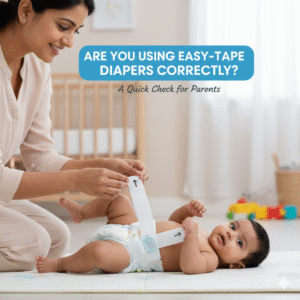
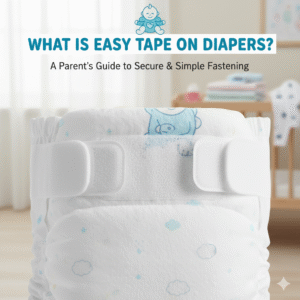
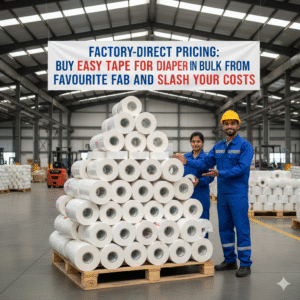

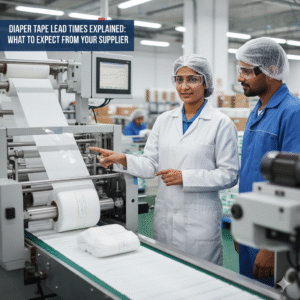
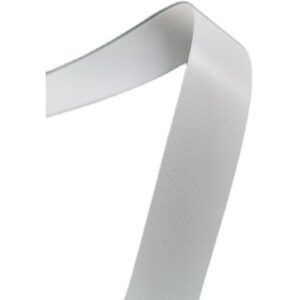
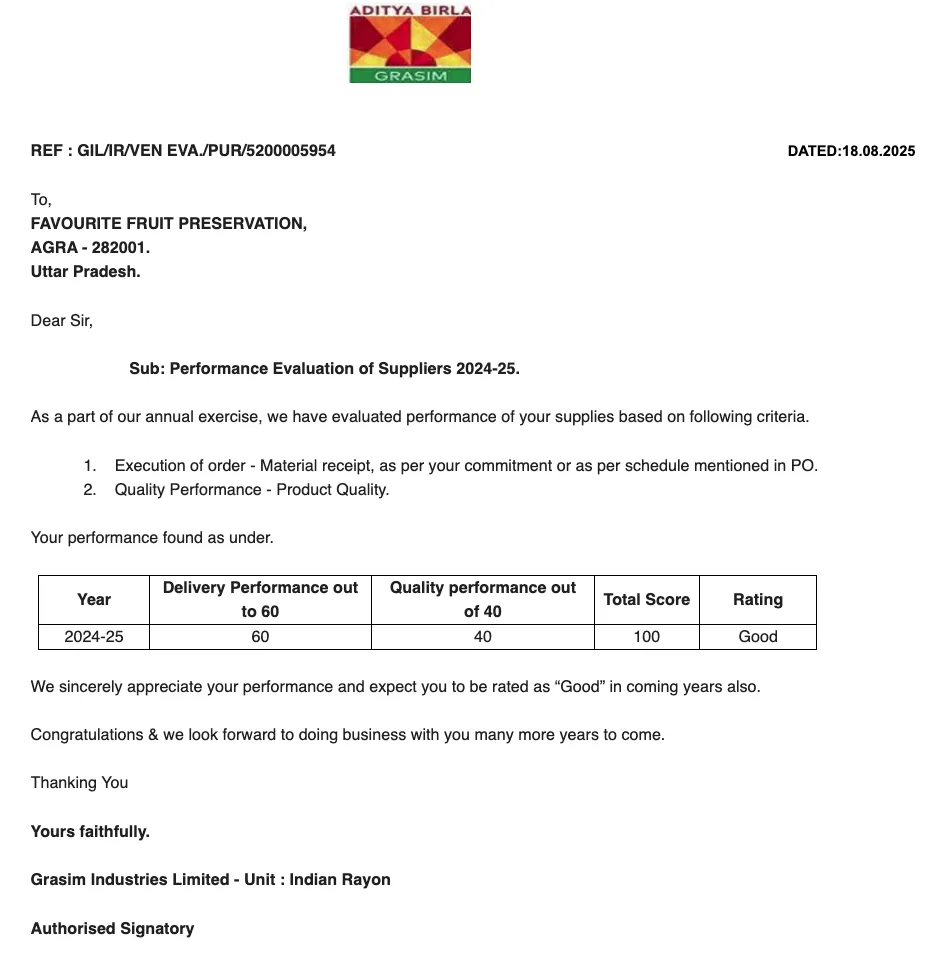




























We Do Business On Trust.Our Nonwoven fabric Business is Built on trust. Trust starts with Transparency.
Mr.Ramniwas Garg Founder Of Favourite Group